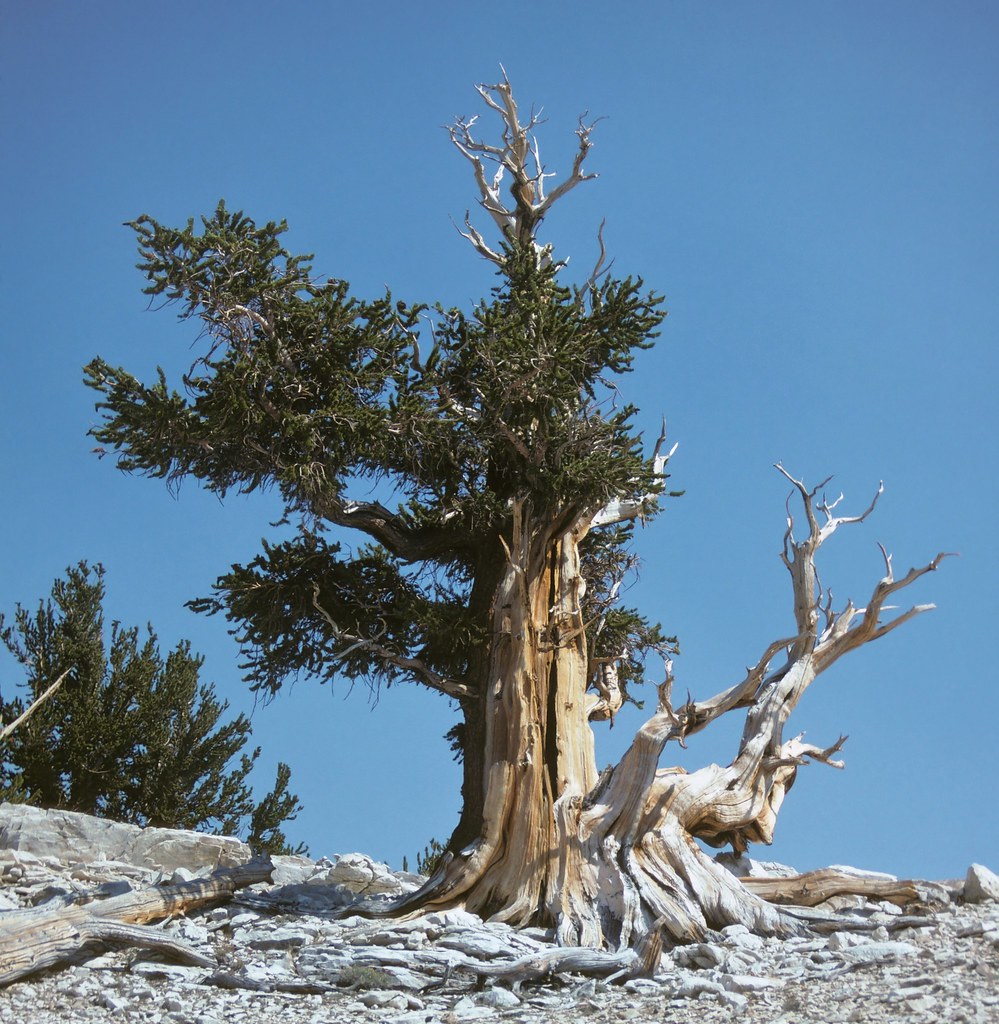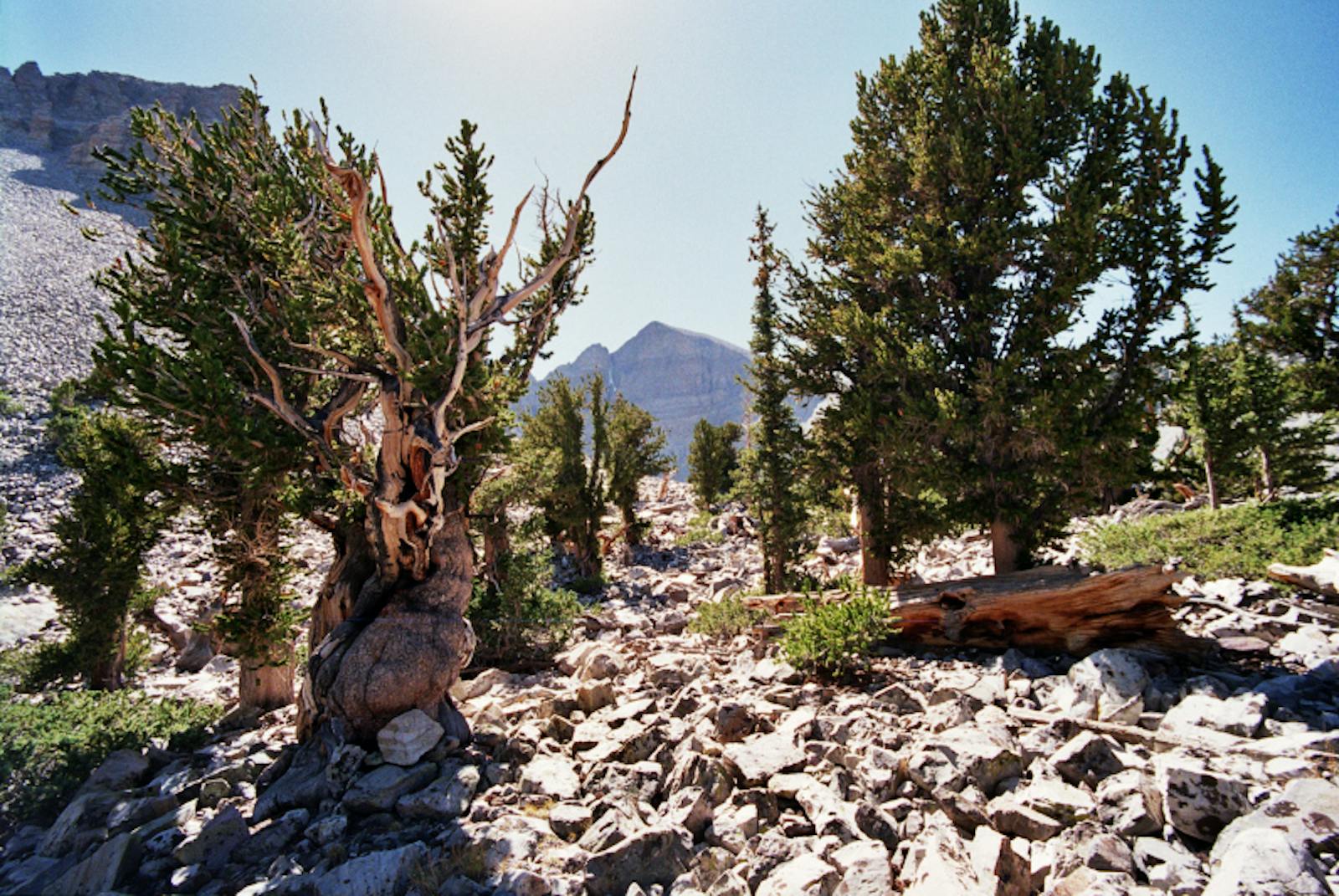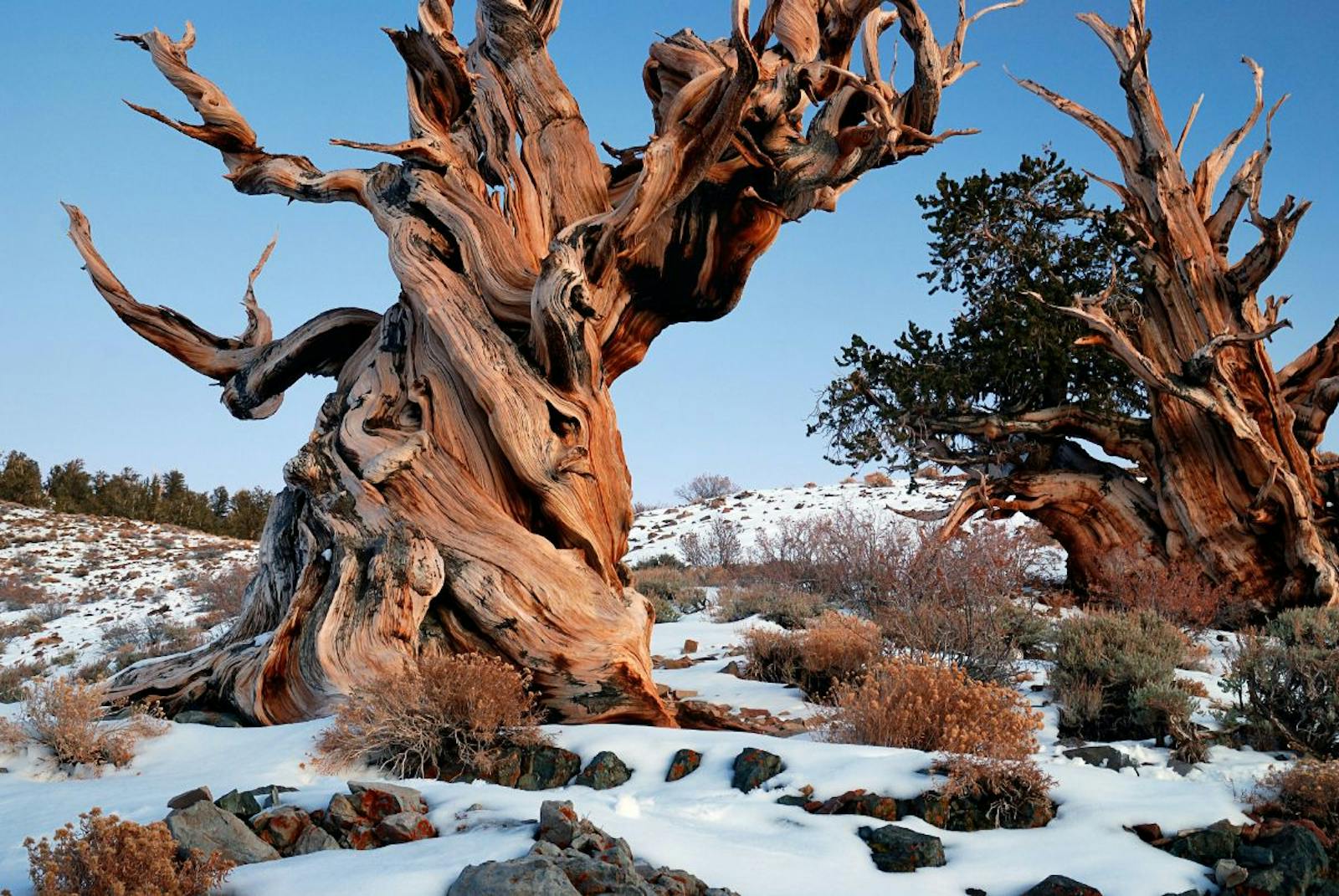Great Basin Montane Forests
The ecoregion’s land area is provided in units of 1,000 hectares. The conservation target is the Global Safety Net (GSN1) area for the given ecoregion. The protection level indicates the percentage of the GSN goal that is currently protected on a scale of 0-10. N/A means data is not available at this time.
Bioregion: Great Basin & Columbia Steppe (NA18)
Realm: Northern America
Ecoregion Size (1000 ha):
891
Ecoregion ID:
356
Conservation Target:
53%
Protection Level:
9
States: United States: NV, UT, CA, OR, ID
A conspicuous feature of the Great Basin of North America is an archipelago of uplifted fault block mountains jutting out of a vast sea of sagebrush. These usually forested mountains fall into the Great Basin Montane Forests ecoregion, which is scattered across the Great Basin Shrub Steppe as well as the southern portion of the Snake-Columbia Shrub Steppe and the northern Mojave Desert, with each mountain range oriented roughly north-south.
These ranges occur across most of Nevada, western Utah, and adjacent areas of California, Oregon, and Idaho. Due to their isolation from one another, these “sky island” mountains provide a natural experiment in island biogeography and evolution. Because the mountains are cooler and wetter than the surrounding basins, they have served as climatic refugia for species that were more widespread during the late Pleistocene (the last Ice Age).

The flagship species of the Great Basin Montane Forests ecoregion is the bristlecone pine. Image credit: Courtesy of Jim Morefield, Flickr
Isolation of populations on mountain tops has led to a high degree of genetic differentiation among conifers and many other groups of organisms, to the point where we can predict evolution of distinct species from these isolated populations. Indeed, this has already happened—many endemic plants (for example, six species restricted to Steens Mountain in Oregon alone) have already evolved on these mountains, as well as some invertebrates. For example, seven invertebrate species are endemic to the Snake Range/Great Basin National Park.
The extreme climate of the Great Basin is moderated in summer in the mountains, but not in winter, which can be severe. Although the Great Basin as a whole receives 130 to 490 mm of annual precipitation, the higher elevations of the mountains that form the Great Basin Montane Forests ecoregion fall in the upper portion of that range. Vegetation responds to the elevation gradient in temperature and precipitation, with shrubs and grasses dominating lower elevations and a series of woodland, forest, and then again open woodland communities proceeding upslope.
A typical woodland-forest progression is pinyon-juniper woodland, Douglas-fir and white fir forest, and finally limber pine and Great Basin bristlecone pine woodlands at high elevations (up to 3,540 m). This sequence varies mountain to mountain, however, and species respond to the elevation gradient in an individualistic fashion. Ponderosa pine woodlands occur above the pinyon-juniper zone on some mountains, Rocky Mountain maple occurs in the understory of some conifer forests, and curl-leaf mountain mahogany grows on dry hillsides and ridges. Lodgepole pine grows sporadically in some canyons and Engelmann spruce may occur in the subalpine zone up to timberline.
Some isolated mountains, such as Steens Mountain in Oregon, lack subalpine conifers altogether, probably due to extreme isolation, and substitute quaking aspen groves mixed with mountain big sagebrush, snowberry, gooseberry, and grasses. Great Basin bristlecone pines reach the greatest ages of any known trees, with the oldest individual dated at 5,062 years as of 2012. The secret to their great age is the harsh environment in which they live, which allows only very slow growth, in turn promoting dense wood highly resistant to insects, fungi, rot, and erosion. The highest vegetated elevations support subalpine grasslands or alpine tundra.
Until recently, small relict populations of grizzly bear, wolverine, and lynx occurred on some northern mountains, for example Steens Mountain. Given the diversity of vegetation along elevation and slope-moisture gradients, bird species richness is high and includes black rosy-finches in the high alpine zone.
Livestock grazing and fire exclusion have altered most vegetation types in this ecoregion, and exotic species invasions have affected especially the low-elevation communities. Nevertheless, this ecoregion is much more intact than most in North America, with 47% of its areas protected and 57% of natural habitat remaining outside protected areas.
Priority conservation actions for the next decade are to: 1) establish new protected areas to capture unprotected roadless areas and biodiversity hotspots—designate federal Wilderness Study Areas as Wilderness; 2) improve range management and reduce stocking densities of cattle; and 3) control invasive exotic plants, especially cheatgrass and Russian thistle, which have invaded much of this ecoregion.
Citations
1. Trimble, S. 1989. The Sagebrush Ocean: A Natural History of the Great Basin. University of Nevada Press, Reno.
2. Ricketts, T.H. et al. 1999. Terrestrial Ecoregions of North America: A Conservation Assessment. Island Press, Washington, D.C.
3. Harper, K.T., L.L. St. Clair, K.H. Thorne, and W.W. Hess, eds. 1994. Natural History of the Colorado Plateau and Great Basin. University Press of Colorado, Niwot.




